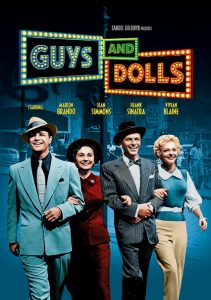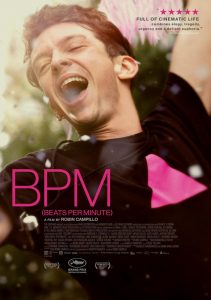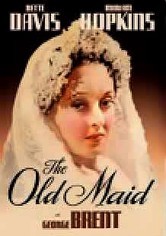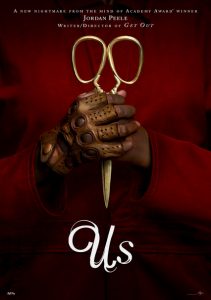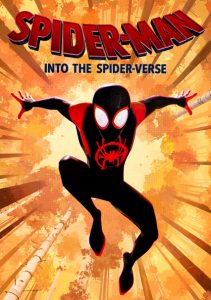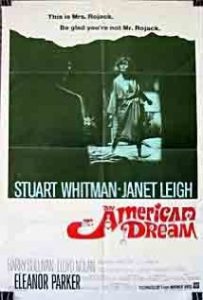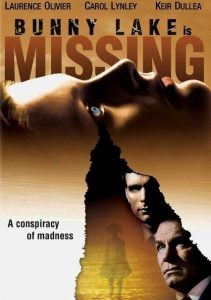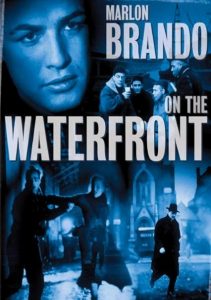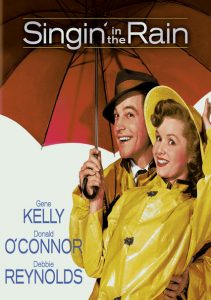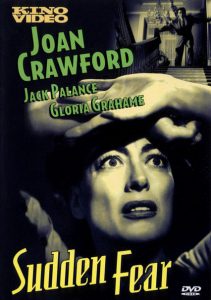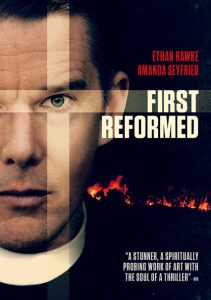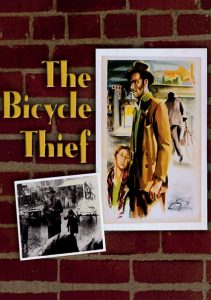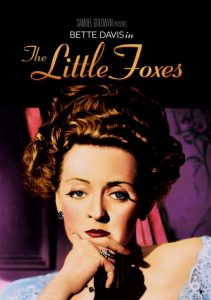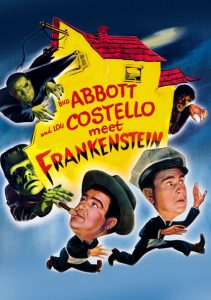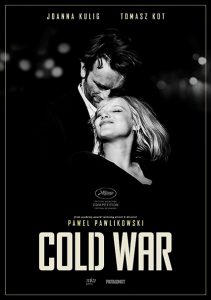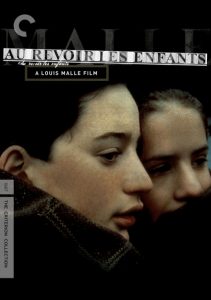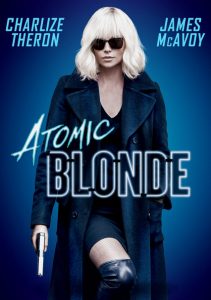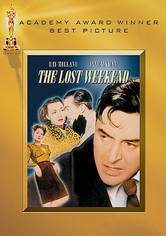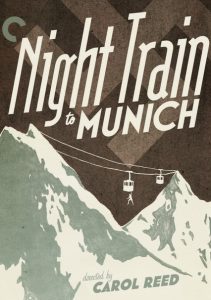Guys and Dolls-1955
Director Joseph L. Mankiewicz
Starring Marlon Brando, Frank Sinatra
Scott’s Review #887
Reviewed April 19, 2019
Grade: B+
The interesting pairing of Marlon Brando and Frank Sinatra in the playful musical Guys and Dolls (1955) provides enough bombast and playboy inclinations to make the music lively and entertaining.
Though not one of my all-time favorites in the genre, the film keeps pace with a nice flow and hearty musical numbers, successfully transferring the Broadway show to the big screen with an endearing production.
Nathan Detroit (Sinatra) is a full-fledged gambler who lives and breathes the sport. Although he is commonly criticized for his deeds, the police are clamping down on the shenanigans around town. He is desperate to obtain a deposit for the use of a secret venue that allows gambling.
Spotting acquaintance and fellow gambler Sky Masterson (Brando) the duo embark on a ridiculous and hilarious bet involving Sky’s invitation to dinner in Havana, Cuba with Sarah Brown (Jean Simmons) a devout religious figure and non-gambler.
Predictably, events spiral out of control with romance, misunderstandings, and charming musical numbers.
The setup is plot-driven but forgivable, given the fun involved. We are sure Masterson will fall head-over-heels for missionary and seemingly unobtainable Sarah.
Will he get the girl? Will she forgive him when she realizes what Masterson and Nathan have hatched at her expense? Of course, the fun is in the revelations as the film goes along.
Naturally, Nathan has his antics. He must marry his years-long intended, Adelaide (Vivian Blaine), because he lost a different bet.
The premise, plot, and conclusion all feel rather frivolous and chauvinistic in the modern world, as do many 1950s productions.
The film clearly shows a naughty guy meeting a good girl. The guy pursues the girl, gets her, and then rides into the sunset. The overall production is not cutting-edge or particularly progressive but is okay because of the fun and good chemistry among the characters.
Brando and Sinatra possess as much chemistry together as Brando and Simmons do.
The conclusion is satisfying and wrapped neatly like a tidy Christmas bow. To no one’s surprise, both couples tie the knot in beautiful style as all the misfires and misunderstandings end with a double wedding in Times Square, with Sky marrying Sarah and Nathan marrying Adelaide.
A perfect climax and a way to show the bright and bustling New York City amid a romantic backdrop can forgive any other weaknesses the film may contain.
What makes the film rise above standard fare or mediocrity as an overall piece is the wonderfully adorable tunes and Sinatra and Brando as a duo. The actor-turned-singer Brando and the singer-turned-actor Sinatra crackle with harmony as they play off each other in style.
The clap-along “Sit Down You’re Rockin’ the Boat” never fails to get any audience on its feet, and the clever “Luck Be a Lady,” a classic Sinatra standard, still resonates today.
The art direction, cinematography, costumes, and music all wrap the film together nicely, allowing the film a tight and well-muscled extravagant feel with maturity and richness that is perfect for the decade the film was released.
Guys and Dolls sits beside other musicals with a style all its own. A handful of Oscar nominations followed though none were for the top honors of Picture of any acting nominations.
The 1960s brought a decidedly darker texture to cinema, leaving many 1950s films feeling dated or superfluous compared to more essential story directions.
While this is the case with Guys and Dolls (1955), there also exists an innocence in watching the pure and charming character relationships and the resulting fun and frolicking.
A lively musical score, the bright lights of New York City, and the unusual locale of Cuba make the film lovely entertainment.
Oscar Nominations: Best Scoring of a Musical Picture, Best Art Direction, Color, Best Cinematography, Color, Best Costume Design, Color
